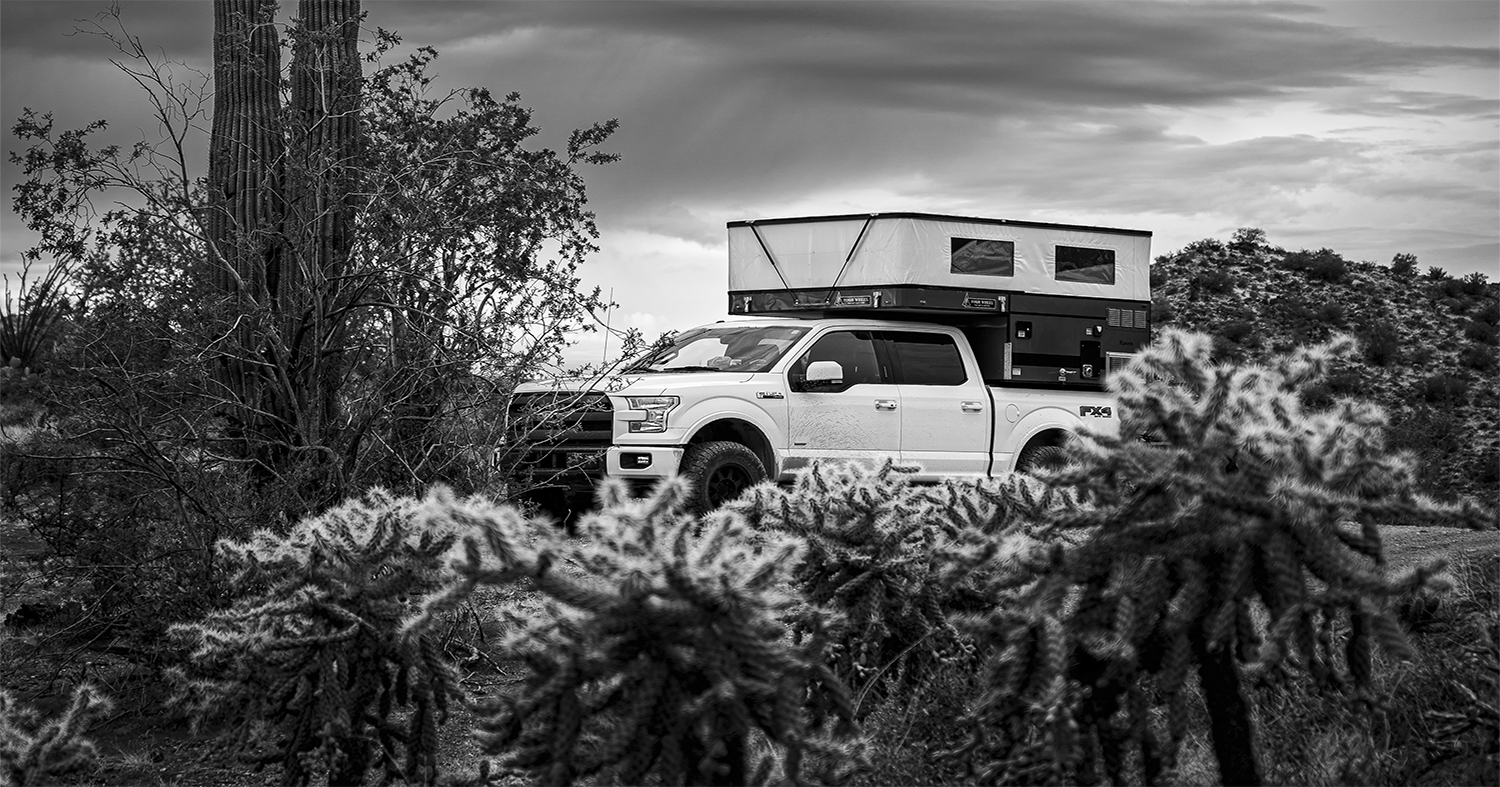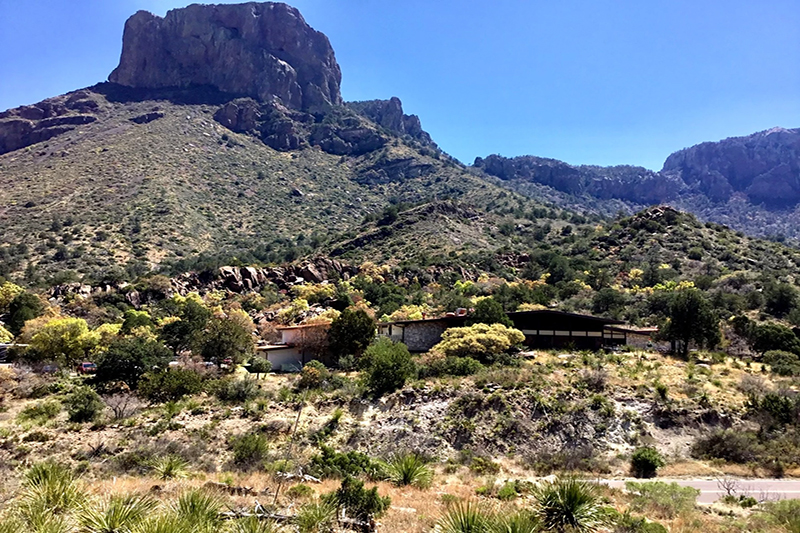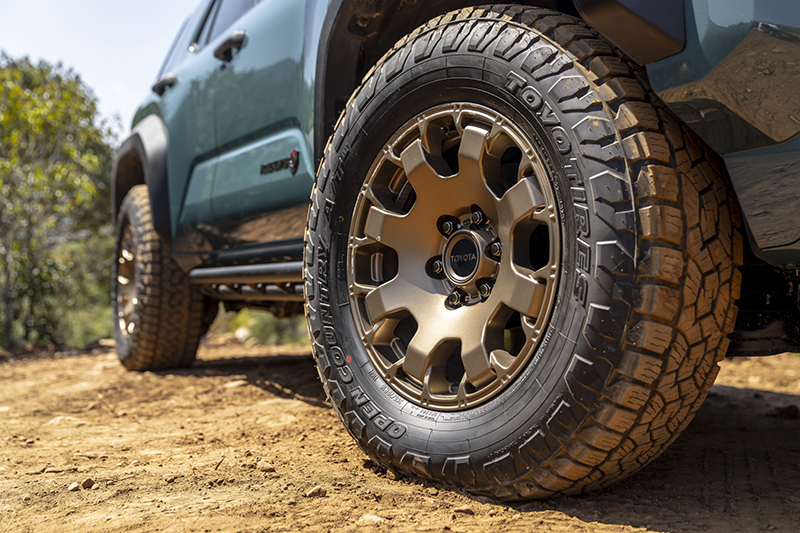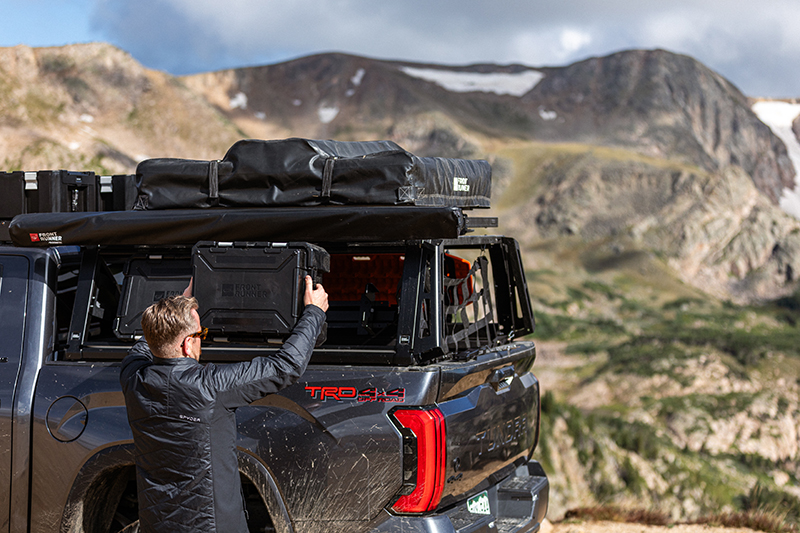Backcountry exploration requires each of us to be responsible about the places we visit, and these four suggestions can have a lasting impact for future generations
Exploring the great wide open is what makes vehicle-based, overland, and outdoors adventure such a unique way to connect with our surroundings. However, with those experiences comes responsibilities for the lands we visit and ensuring we leave them the way they were found. As you’re planning your next backcountry adventure, consider these four easy ways to minimally impact the places you visit and becoming a hero for protecting public lands:
1: Camp in established and/or designated areas

Basecamp while backpacking in Colorado. Photo by Alan Ellis.
Camping in areas not designated for this use can have a lasting impact on the environment and sustainability of the land and even wildlife. Additionally, camping too close to water can become a safety concern with local wildlife who gravitate to water sources at any time of day or night. Look for areas designated specifically for camping whether in public lands or state/national parks and stay the trail. Additionally, always pack out what you pack in (see below).
2: Stay the trail
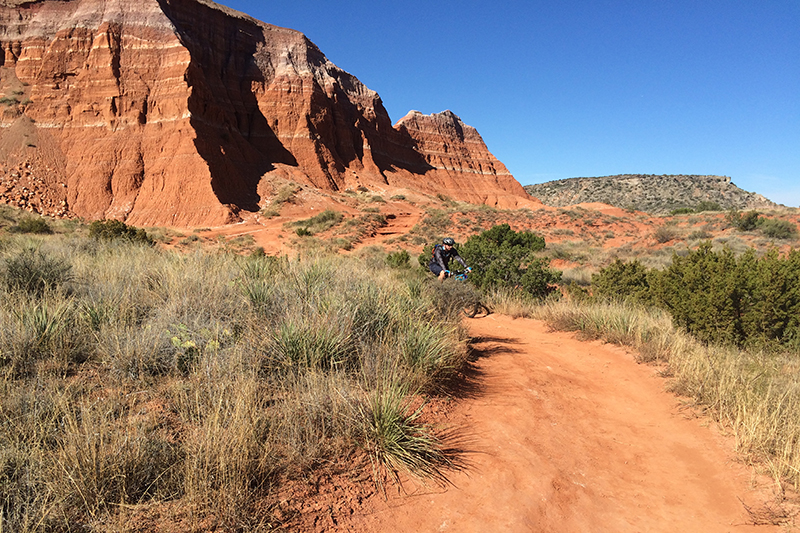
Exploring Palo Duro Canyon in the Texas panhandle. Photo by Frank Ledwell
Trails are created for a reason, primarily to provide a safe(r) path to your destination but also to prevent erosion of natural areas. Deserts, specifically, may seem wide open and barren; however, there is a variety of delicate plant life that’s fragile and vulnerable. Driving or walking over these various ecosystems can compromise the landscape by making areas susceptible to erosion and even killing plant life. So, do your part and stay the trail whether hiking, backpacking, on two wheels or on four.
3: Pack out what you pack in
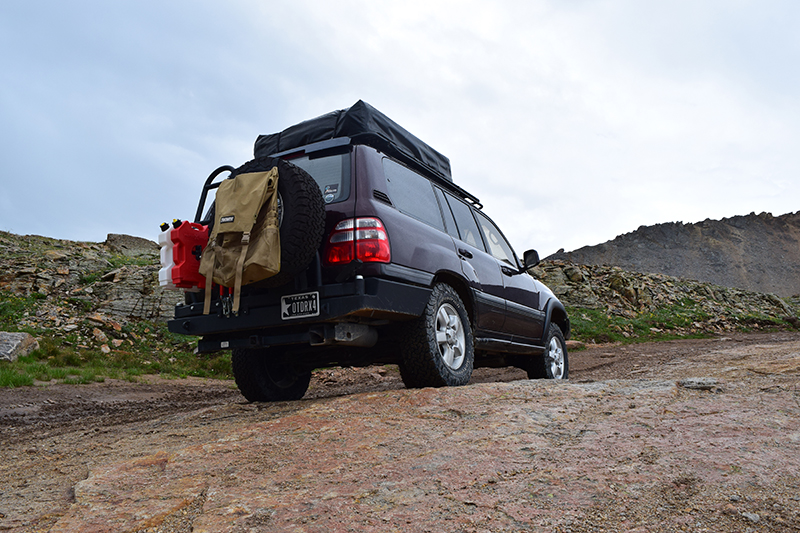
Traveling along Black Bear Pass in Colorado with a Trasharoo mounted to the spare tire carrier. Photo by Frank Ledwell
Most soils lack the microorganisms to biodegrade human or pet waste meaning if you, or your pet, drops trou and it’s not properly discarded, it could be there for years which creates a biohazard and unpleasant experience for others who visit those areas. The same can be said of garbage and any other waste that’s not natural in the areas we visit. If traveling by vehicle, use a Trasharoo or equivalent to pack out your garbage while keeping it away from items inside your vehicle. If traveling by foot or bicycle, carry disposable bags with you to scoop up and place waste, whether human waste or general garbage.
4: Look at artifacts, including rock art or other remnants of the past, but don’t touch them
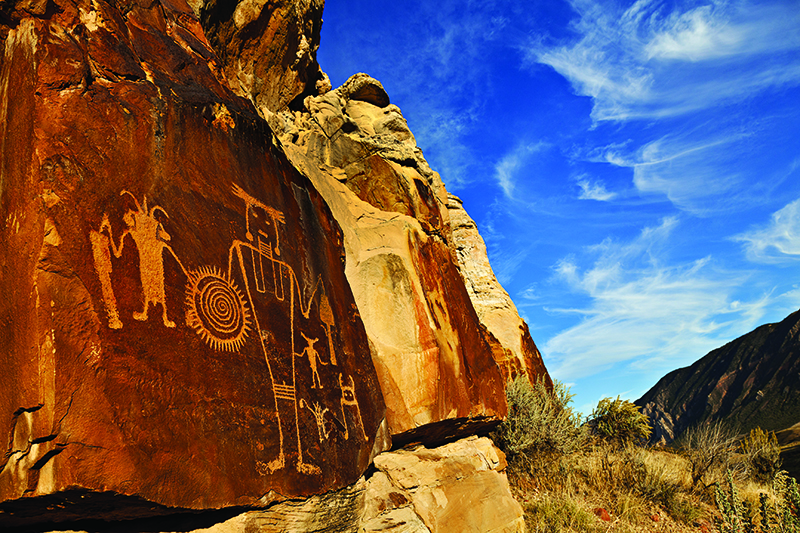
Sun shield warrior in the American southwest. Photo by Randy Langstraat
The oils on our fingers and the rubber on our shoes and/or vehicle can ruin these remnants of human history. And the Archaeological Resources Protection Act makes it a federal crime to destroy (or steal) artifacts, even if it’s unintentional. Many of these formations were home to earlier civilizations, which connected spiritually with the land and relied upon the canyon walls, boulder clusters, and limited plant life for food, shelter, and celebration. It’s a history worth preserving and should be enjoyed and experienced with your eyes only.
While these suggestions are limited in detail, they are critical to consider when traveling overland whether by vehicle or on foot. By following these simple suggestions, you’ll not only be a hero and good steward to the places we visit but these actions can ensure that future generations are afforded the same experiences. Isn’t that what we all want?
OutdoorX4 Magazine – Promoting responsible vehicle-based adventure travel and outdoors adventure


